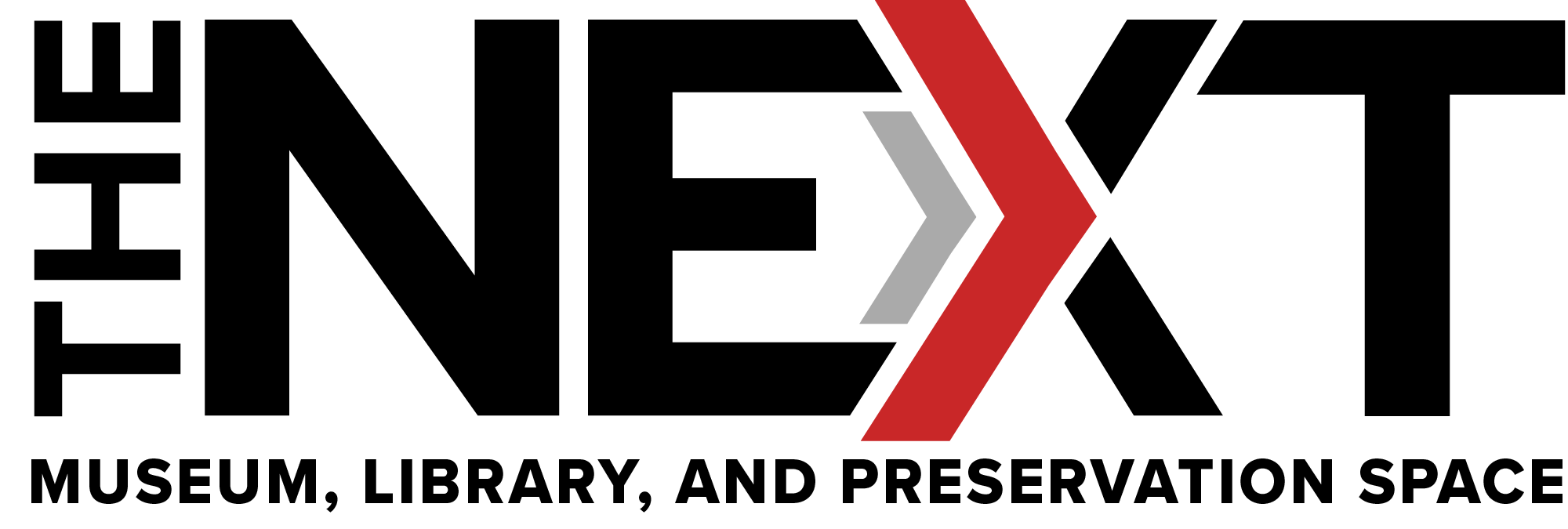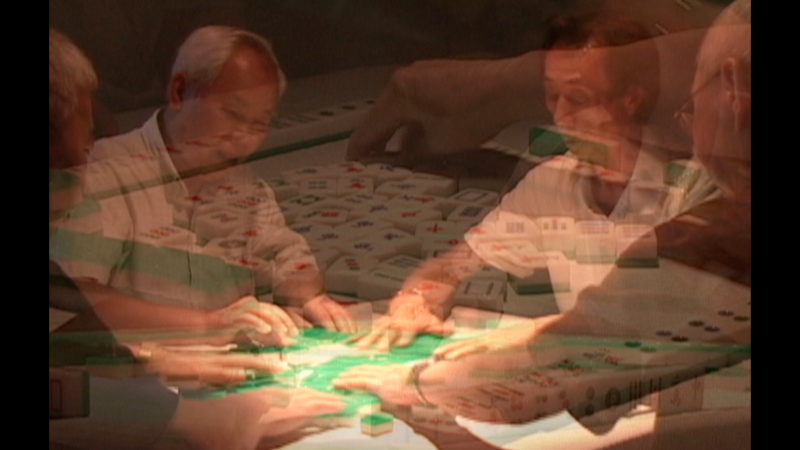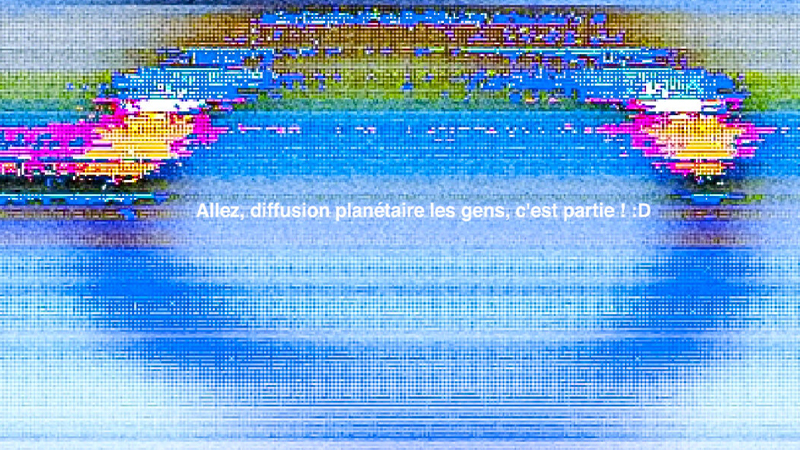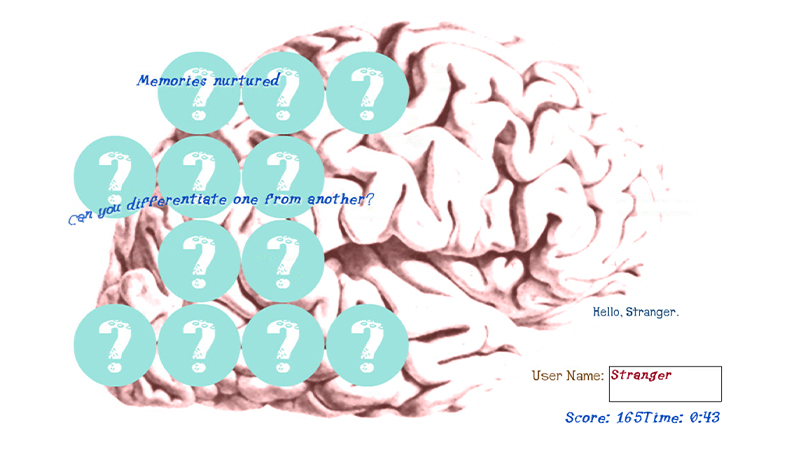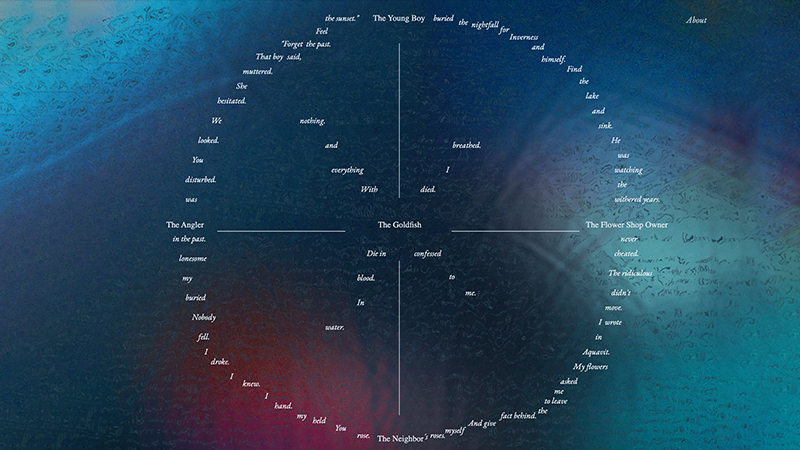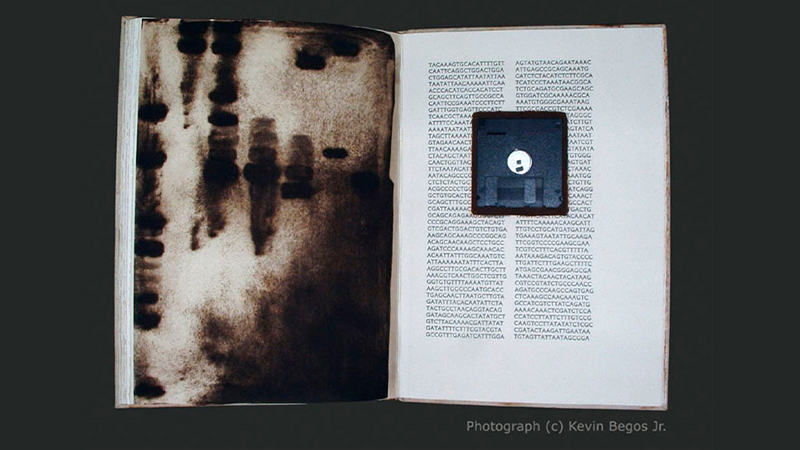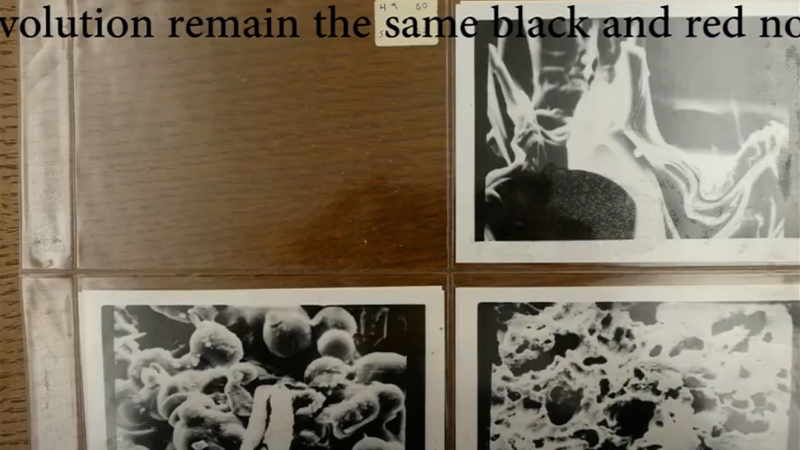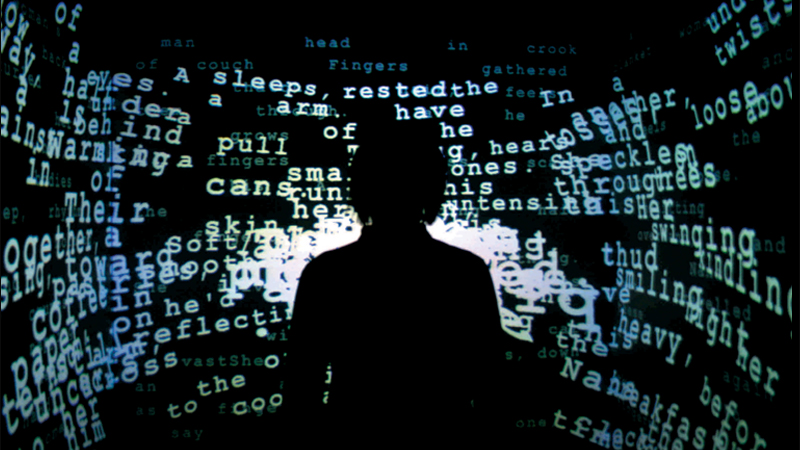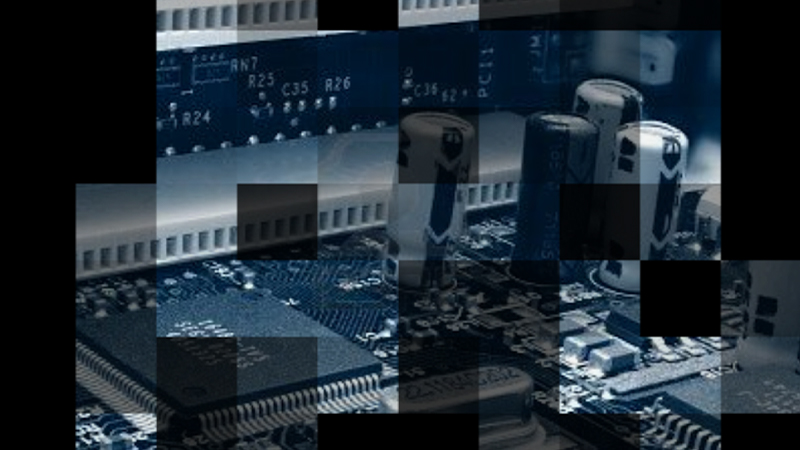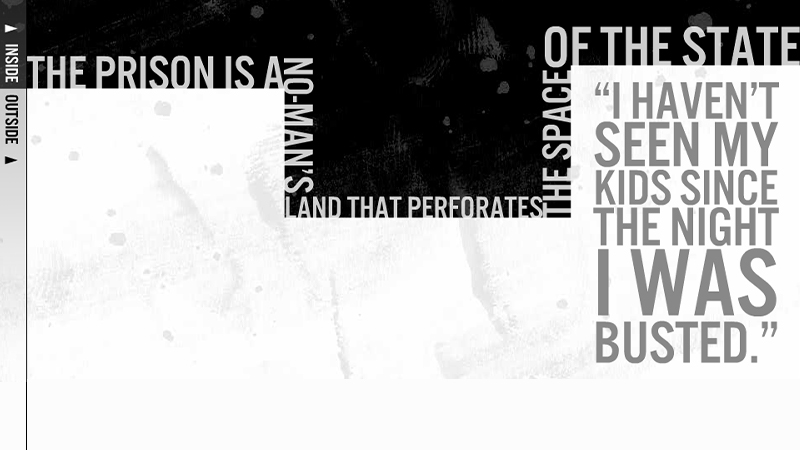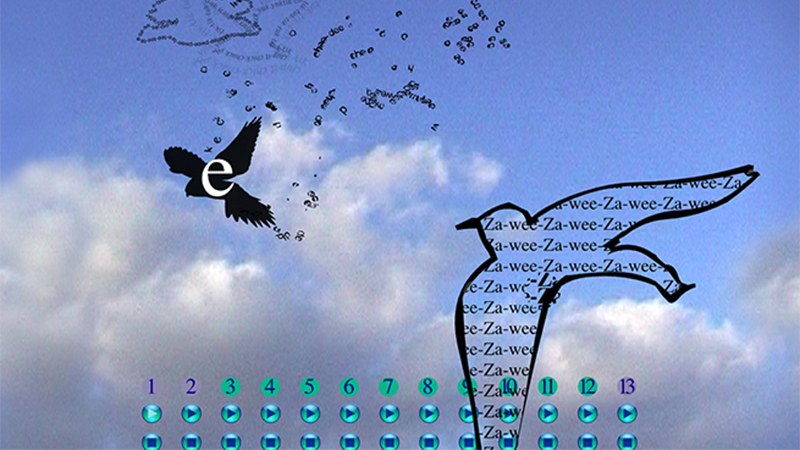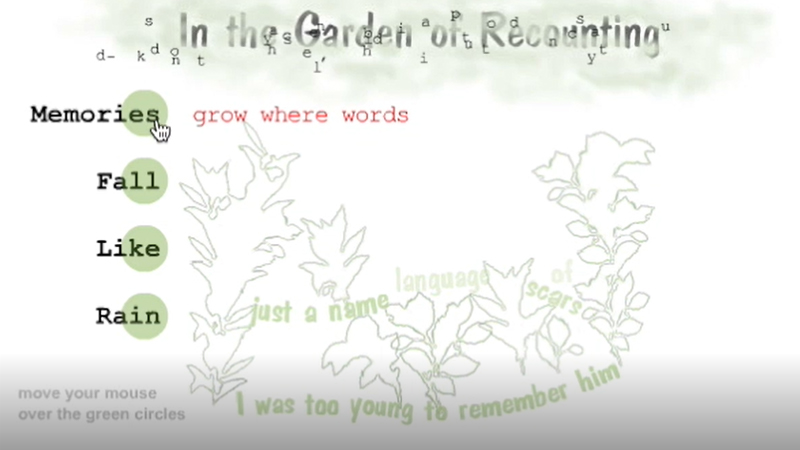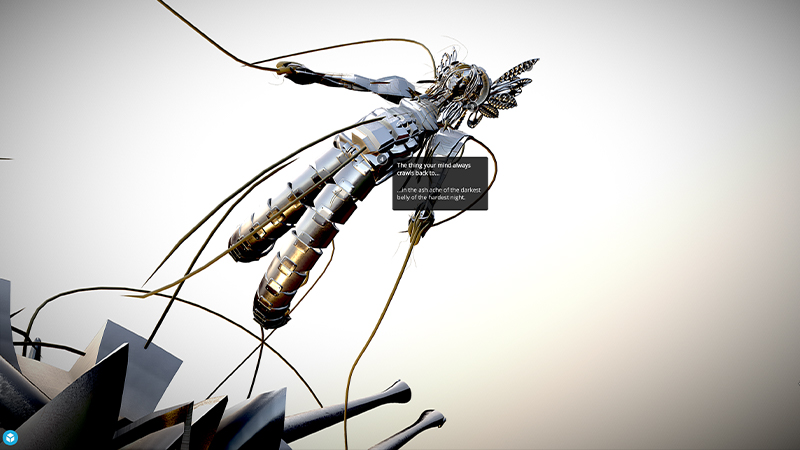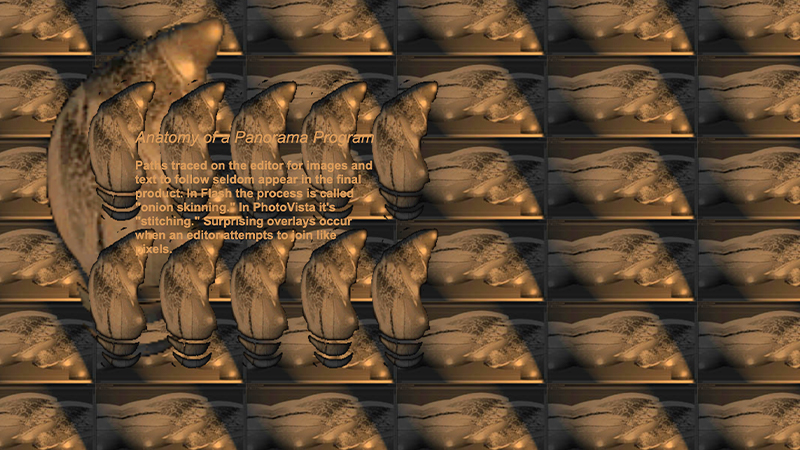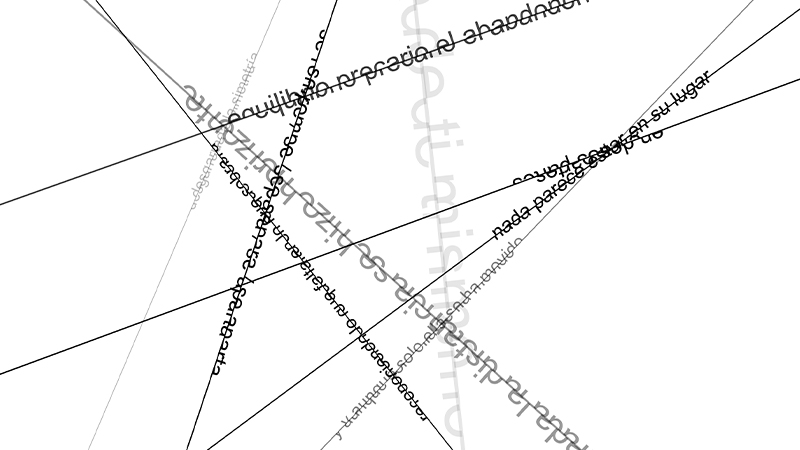Welcome to The NEXT
2D & 3D, Algorithmic, Animated, Artificial Intelligence (AI), Augmented Reality (AR), Codework, Combinatory, Generative, Glitch, Hypermedia, Immersive, Interactive, Kinetic, Locative, Mobile, Multimedia, Networked, Virtual Reality (VR), Virtual World, Web-Based/Net—these are some of the qualities found among the 47 collections of digital art and writing at The NEXT.
Envisioned as a combination museum, library, and preservation space, The NEXT maintains and makes its archives accessible for the next generation and responds to the growing need for open-access, travel-free cultural and research experiences for today's public and scholars.
Read the Curatorial Statement →